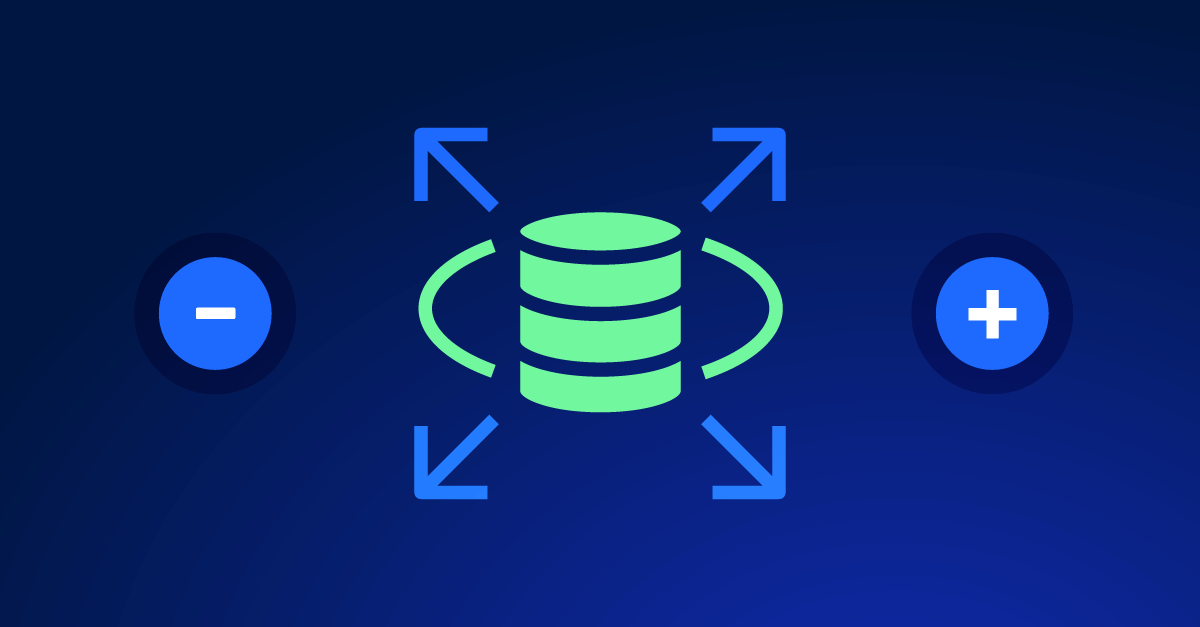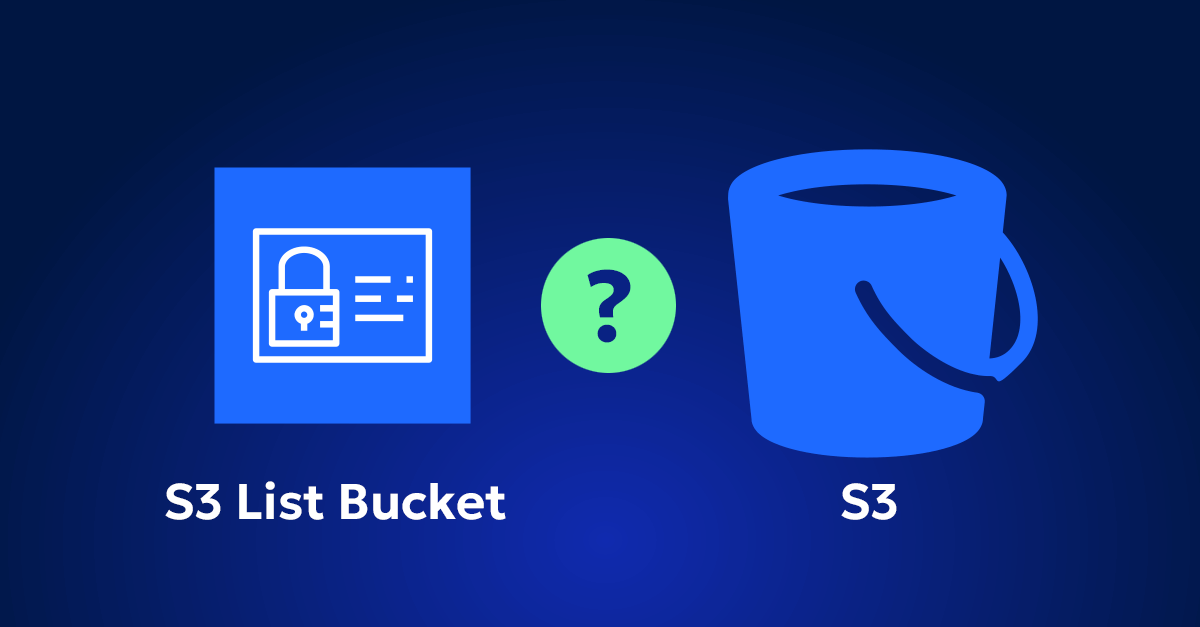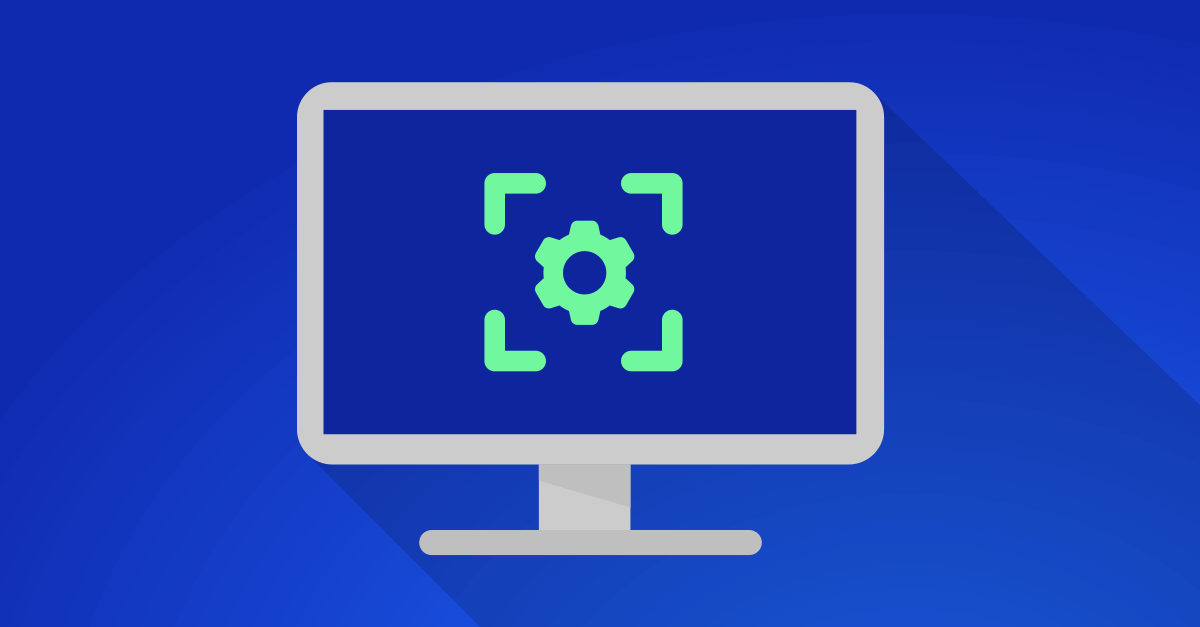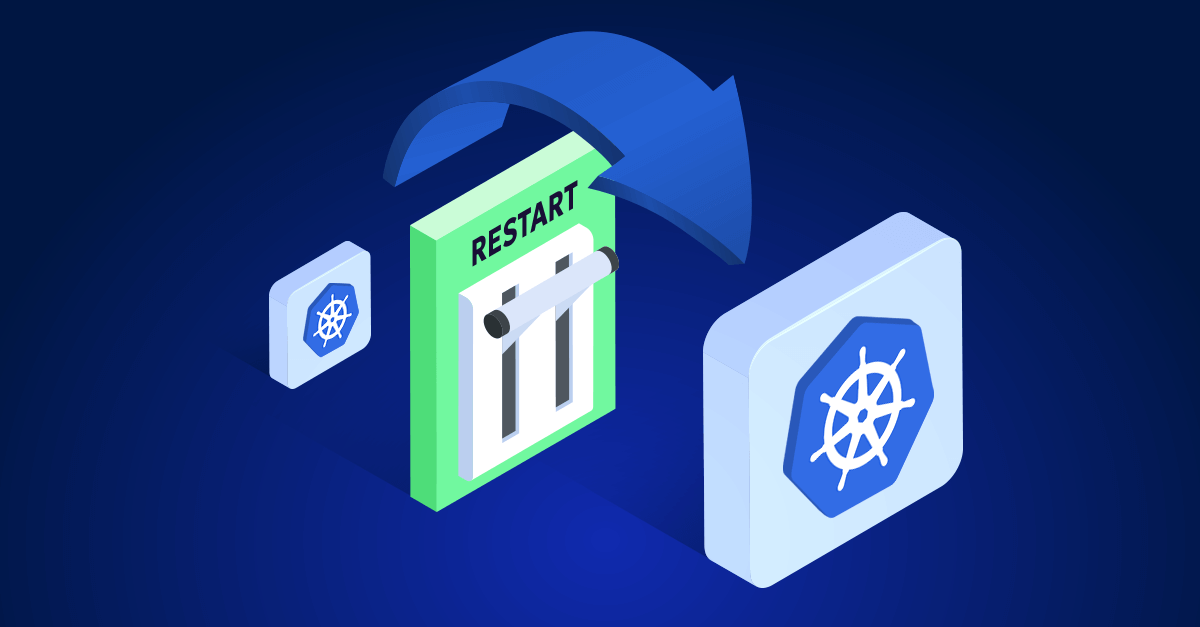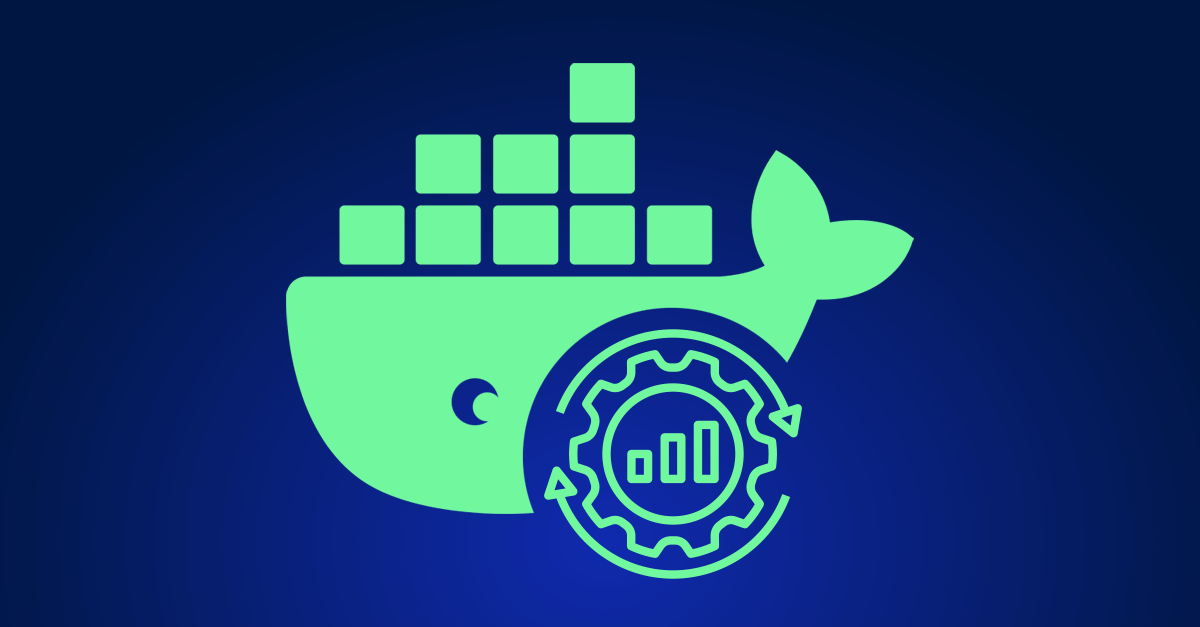AWS Relational Database Service (RDS) is a fundamental AWS service that simplifies the management of relational databases in the cloud by automating essential tasks such as backups, patch management, and scaling. Despite its conveniences, RDS presents challenges, particularly in terms of cost management, scaling, and sustained administration.
To fully utilize the potential of AWS RDS, it’s crucial to optimize both performance and cost. Ensuring that your RDS instances operate efficiently not only enhances performance but also minimizes cloud waste. This blog will explore the fundamentals of AWS RDS, identify common challenges, and offer best practices for RDS optimization. Read on to learn more!
Understanding AWS Relational Database Service (RDS)
AWS RDS is a managed database service designed to simplify the setup, operation, and scaling of a relational database in the cloud. It offers cost-efficient and resizable capacity while automating time-consuming administrative tasks, such as hardware provisioning, database setup, patching, and backups.
This automation allows you to focus more on your applications instead of infrastructure management. AWS RDS supports several database instance types and engine options, allowing users to choose from popular database engines including MySQL, PostgreSQL, MariaDB, Oracle Database, and SQL Server. This service is widely used for applications requiring a reliable relational database management system (RDBMS).
Challenges of Using RDS
While AWS Relational Database Service simplifies many aspects of database management, users encounter several challenges that can impact efficiency and cost-effectiveness. Here are key challenges that many users have reported:
1. Instance Inflexibility
AWS RDS offers a variety of instance types and configurations, but flexibility is limited. Users must choose from predefined instance types with fixed hardware specifications, such as CPU, memory, and IOPS capabilities. While these options are designed to meet diverse application demands, they may not precisely match specific workload requirements. This inflexibility can lead to scenarios where users might end up over-provisioning to ensure performance, which unnecessarily increases costs, or under-provisioning, which risks performance degradation.
2. Continuous Management Complexity
Despite AWS RDS being a managed service, it still requires significant management effort. Routine administrative tasks, such as applying updates, patches, and ensuring compliance, necessitate active engagement. This management complexity can be burdensome for teams expecting a fully hands-off approach, as they need to remain engaged to ensure optimal performance and security compliance.
3. Cost Optimization
Cost optimization in AWS RDS demands continuous engineering efforts to monitor, evaluate, analyze, and implement cost-saving opportunities. This process consumes significant engineering hours that could otherwise be directed toward development. Despite the extensive time investment, the manual nature of these tasks introduces the possibility of human errors, potentially leading to suboptimal financial management. Thus, managing RDS costs effectively is a complex, ongoing commitment that can impact resource allocation.
4. RDS Reserved Instance Management
Managing reserved instances within AWS RDS involves choosing suitable reservation types and durations to balance cost savings against performance needs. This process requires precise planning based on forecasted workloads and consistent monitoring of RI utilization to ensure optimal coverage and utilization rates. If mismanaged, this complex process can lead to significant financial losses, potentially costing more than equivalent on-demand rates.
Best Practices for AWS RDS Optimization
While AWS RDS offers robust functionalities, optimizing its performance and cost-efficiency remains crucial for maximizing its benefits. These RDS cost optimization strategies can significantly enhance the efficiency of your deployments, ensuring they are optimized for both performance and cost:
Implementing Monitoring and Alerts
Effective monitoring and alert systems let you track usage and performance, allowing you to proactively address faults and anomalies. Using platforms like AWS CloudWatch and RDS Insights, you can monitor key performance indicators in real-time and set up custom alerts. These alerts help you quickly detect and address issues, improving database reliability and uptime. By staying on top of performance bottlenecks, CloudWatch and RDS Insights contribute to a more stable and efficient database environment.
Managing Database Connections:
Using strategies like RDS Proxy and connection caching improves the management of database connections. RDS Proxy helps by pooling and sharing connections, which reduces the load on the database and ensures more efficient use of resources. Additionally, caching frequent query results reduces the need for repetitive database queries, speeding up response times and enhancing application stability. Together, these strategies improve both the performance and reliability of your database systems.
Scaling Strategies for AWS RDS:
Explore scaling strategies for AWS RDS, such as adding read replicas and vertical scaling, which are crucial for handling larger or variable workloads. Read replicas distribute the read queries among multiple copies of your database, effectively reducing the load on the primary database and enhancing read performance. Vertically scaling increases the compute and storage capacity of your existing database instance, accommodating workloads that require more resources and ensuring sustained performance and stability.
Leverage AWS cost optimization strategies:
To effectively manage costs on AWS, it is important to follow the AWS cost optimization best practices. Key strategies include eliminating underutilized resources to cut unnecessary costs and scheduling resources to run only during needed times. Turning off instances during off-peak hours can further decrease costs by minimizing cloud waste. Specifically for AWS RDS, leverage the scheduling feature to automate the turning on/off of database instances based on defined usage patterns, helping you optimize both resource utilization and costs. Additionally, adopting long-term pricing, such as Reserved Instances, offers substantial discounts and can lead to more predictable budgeting.
Zesty’s Recommendations for RDS
Leverage tools like Zesty that provide automated recommendations to optimize the usage and costs of RDS instances. Zesty analyzes your usage patterns and suggests changes that can enhance performance and help you reduce costs too. Its automated recommendations help customers determine the optimal number of Reserved Instances (RIs) to purchase, in turn maximizing savings on RDS costs. These recommendations are customized for each combination of region, engine type, and instance type, ensuring a highly targeted approach for each use case.
A key advantage of Zesty is its ability to achieve savings for customers even before full automation is implemented. By leveraging AI, Zesty analyzes both a customer’s historical data and the data from similar customers to provide accurate, beneficial insights.
With automated recommendations to optimize the usage and costs of RDS instances.

